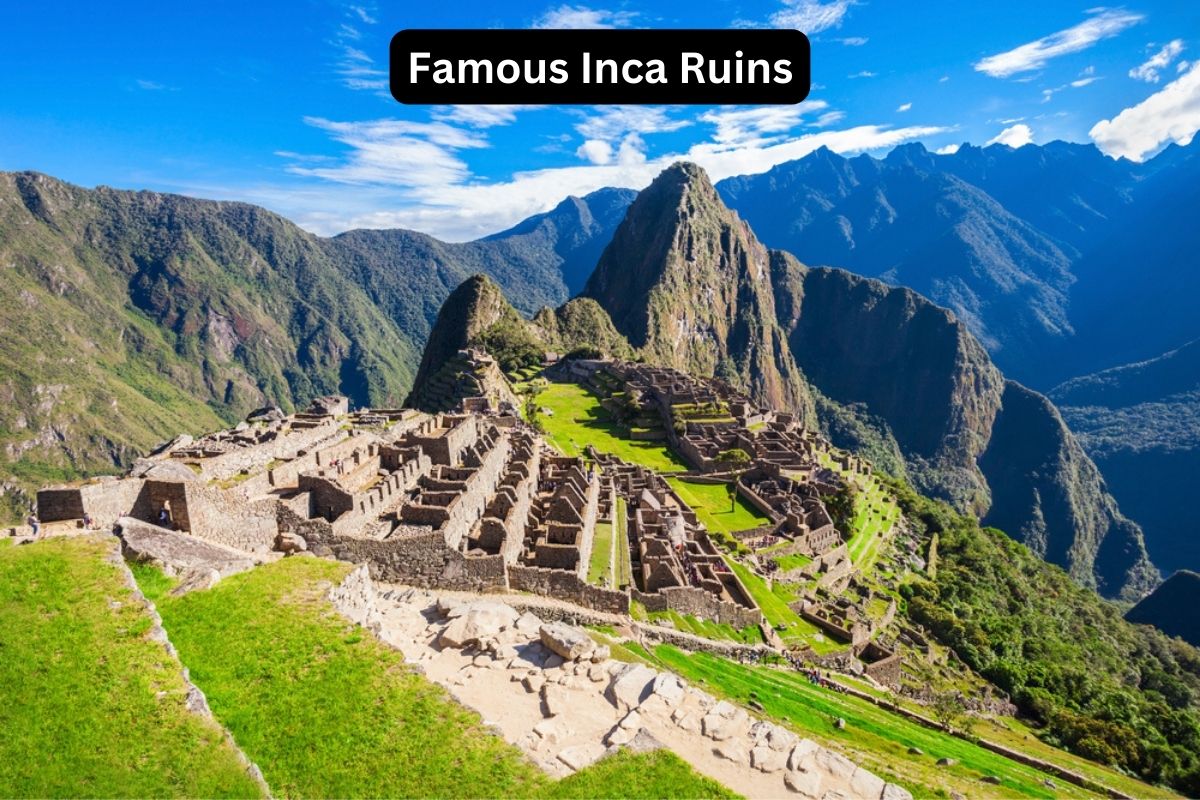The Inca Empire, one of the most remarkable civilizations in history, left behind a legacy of awe-inspiring ruins scattered across the rugged landscapes of South America.
From the iconic citadel of Machu Picchu to lesser-known gems like Raqchi in Peru and Ingapirca in Ecuador, these archaeological wonders offer a glimpse into the sophisticated culture and advanced engineering of the Inca people.
In this article, we embark on a journey to explore some of the most famous Inca ruins, each with its unique significance and historical tales. Join us as we delve into the heart of the Andes Mountains and uncover the secrets of these ancient marvels that continue to captivate travelers and historians alike.
Famous Inca Ruins
1. Machu Picchu

Machu Picchu is located in the Andes Mountains of Peru, near the city of Cusco.
This iconic mountaintop citadel was built in the 15th century and is one of the most famous Inca ruins globally. It is renowned for its architectural marvels, including well-preserved temples, terraces, and buildings constructed with precisely cut stone blocks. Machu Picchu served as a royal estate and a ceremonial center.
Also Read: Facts About the Yucatan Peninsula
The Intihuatana stone, Temple of the Sun, and the awe-inspiring panoramic views of the surrounding mountains make Machu Picchu a UNESCO World Heritage Site and one of the New Seven Wonders of the World.
2. Ollantaytambo
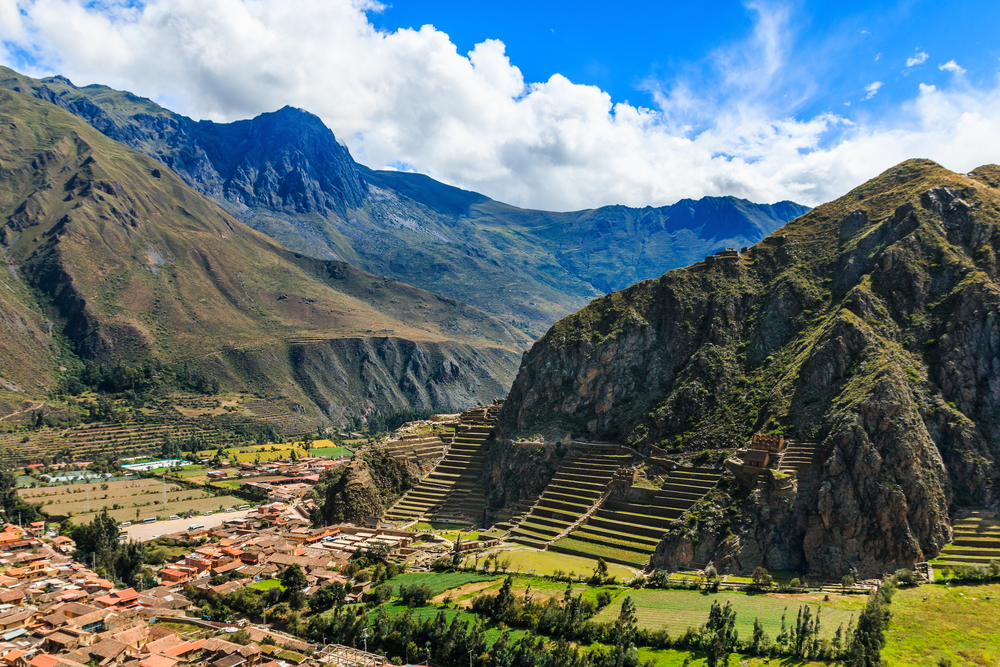
Ollantaytambo is situated in the Sacred Valley of Peru, approximately 60 kilometers northwest of Cusco. This archaeological site is known for its dual function as both a religious and military center.
Also Read: Aztec Ruins
It was a strategic fortress during the Inca resistance against the Spanish conquistadors. Ollantaytambo features well-preserved terraces, temples, and impressive stone carvings.
The Temple Hill and the massive stone terraces are some of the highlights of Ollantaytambo. The intricate stonework showcases the Inca’s advanced architectural skills.
3. Sacsayhuaman
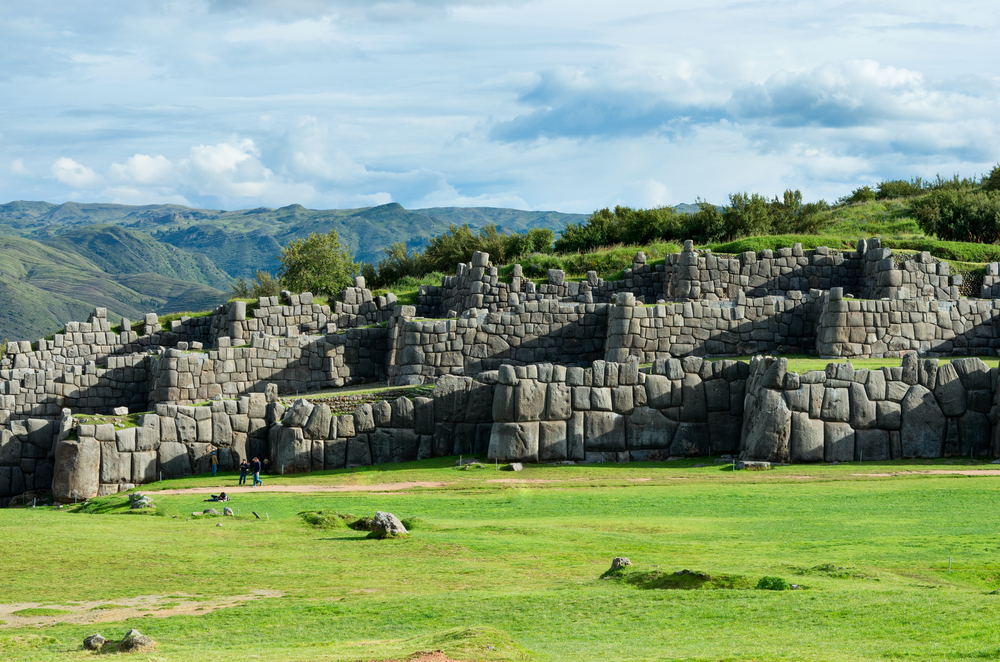
Sacsayhuaman overlooks the city of Cusco in Peru, making it easily accessible for visitors.
Sacsayhuaman is a massive Inca fortress with megalithic stone walls that demonstrate incredible engineering and masonry techniques. It served both ceremonial and defensive purposes during the Inca Empire.
The precision with which the enormous stones were fitted together without the use of mortar is astounding. Sacsayhuaman is particularly famous for its zigzagging walls and the Inti Raymi festival, an annual Inca celebration that takes place there to honor the sun god.
4. Pisac
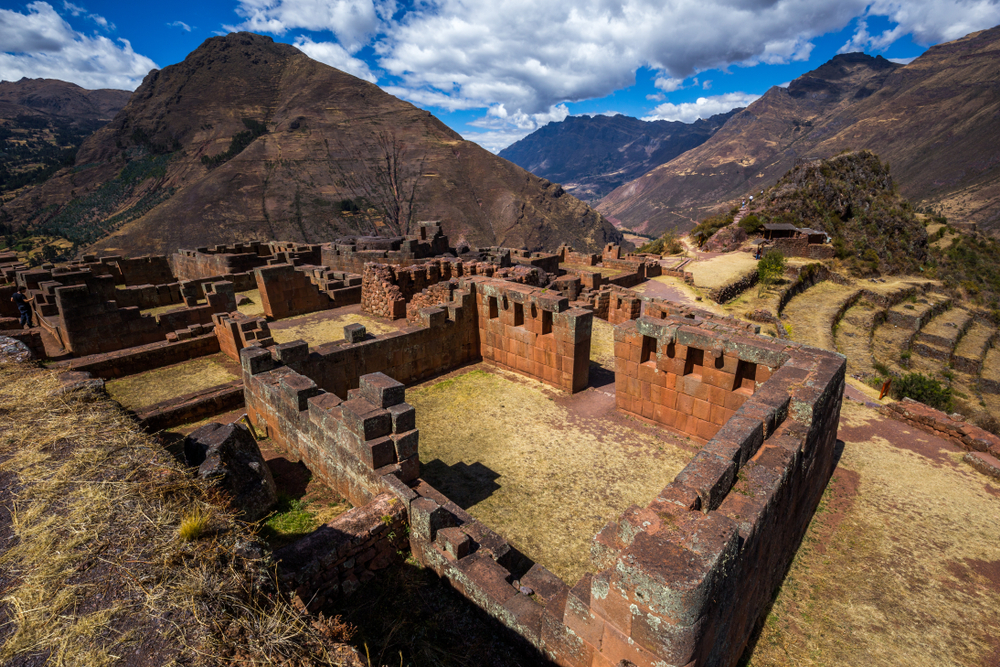
Pisac is located in the Sacred Valley of Peru, approximately 35 kilometers northeast of Cusco.
Pisac is an important archaeological site known for its agricultural terraces, temples, and residential structures. These terraces served both practical and ceremonial purposes, showcasing the Inca’s mastery of agriculture in challenging terrain.
The ruins of Pisac are set against a stunning backdrop of rugged mountains. The site includes well-preserved religious buildings, such as the Temple of the Sun, and offers panoramic views of the surrounding valleys and landscapes.
5. Moray
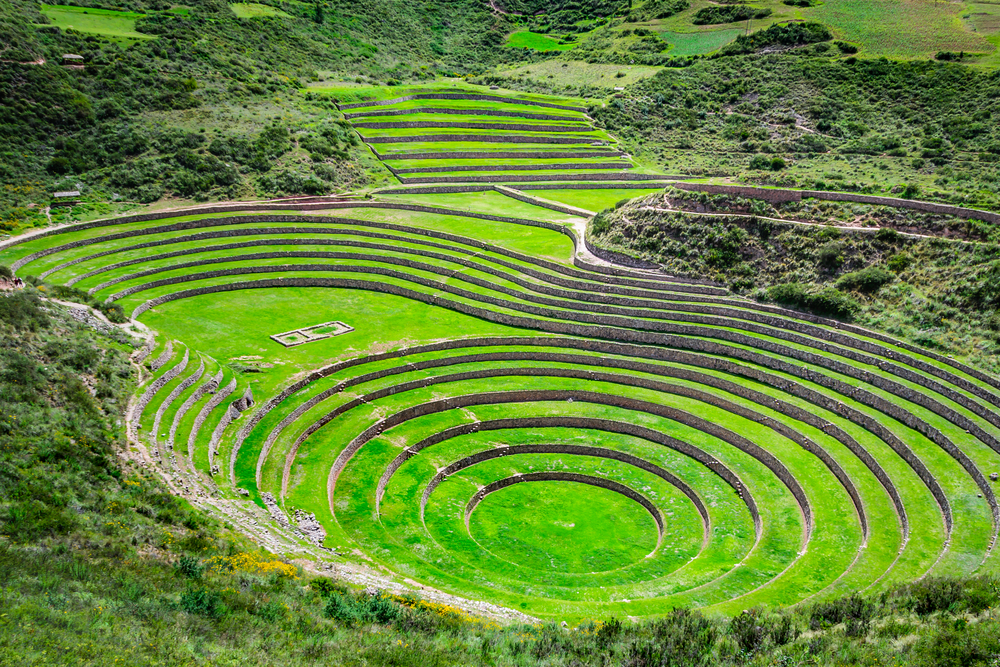
Moray is situated in the Sacred Valley of Peru, not far from Maras and about 50 kilometers northwest of Cusco.
Moray is a unique Inca archaeological site characterized by concentric agricultural terraces. These terraces are believed to have been used for experimental farming, as they create different microclimates due to their varying depths and exposure to sunlight.
The circular terraces of Moray are an engineering marvel and offer an intriguing glimpse into the Inca’s agricultural practices. The site’s design and purpose continue to be a subject of study and fascination.
6. Choquequirao
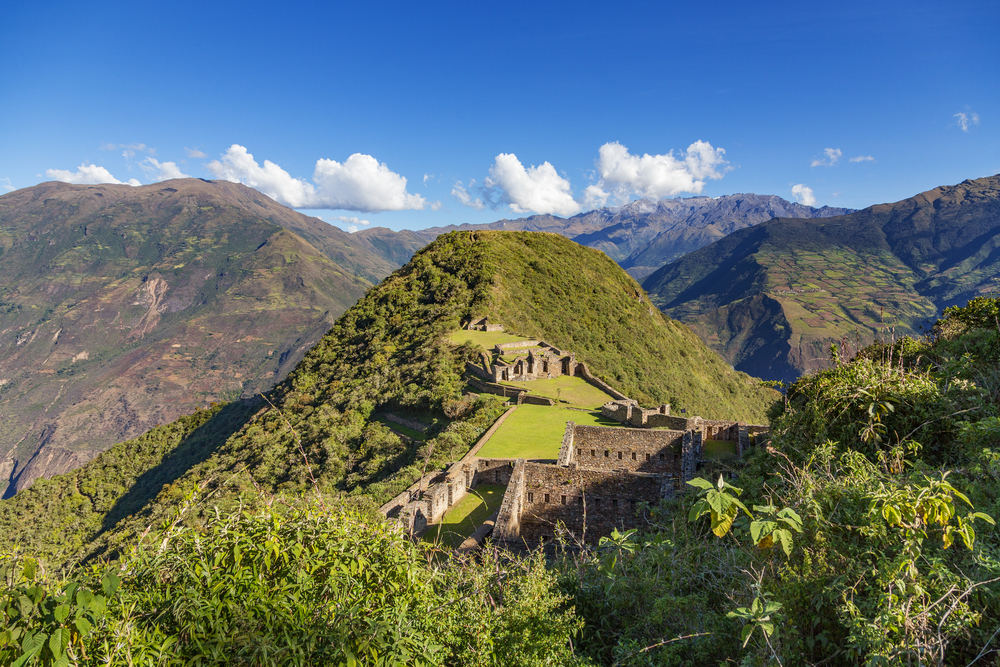
Choquequirao is located in a remote area of the Vilcabamba region in Peru, accessible by a challenging trek or horseback ride.
Often referred to as “Machu Picchu’s sister site,” Choquequirao is another impressive Inca citadel. It served as both a ceremonial and administrative center, featuring terraces, temples, and plazas. Choquequirao remained hidden for centuries and is less visited than Machu Picchu.
The site’s remote location and rugged terrain contribute to its sense of isolation and adventure. Visitors are rewarded with breathtaking views and the opportunity to explore a site that offers a similar architectural style to Machu Picchu but with fewer crowds.
7. Sillustani
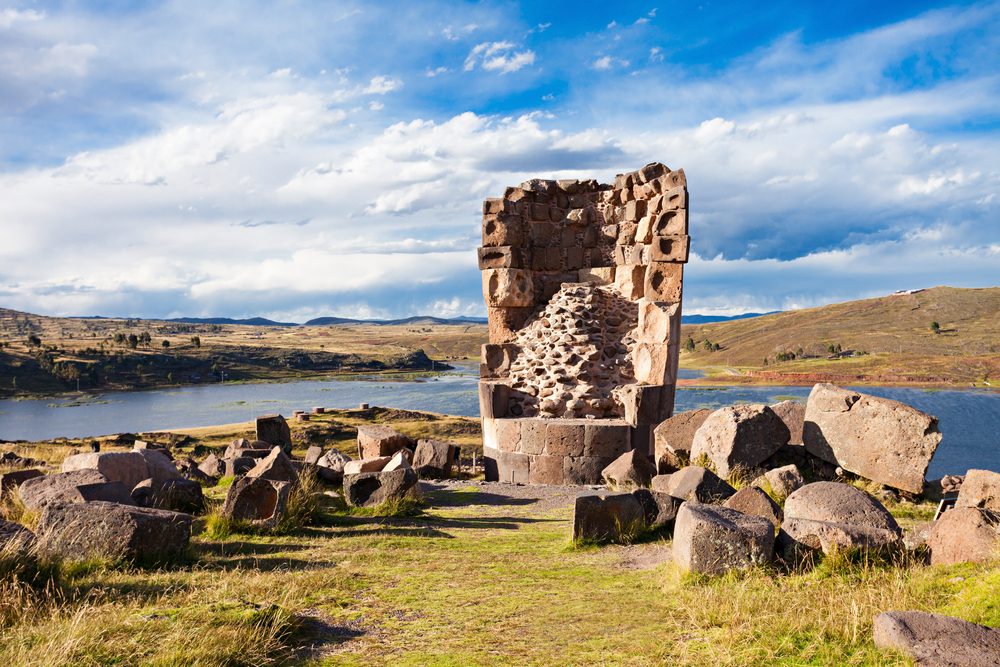
Sillustani is located on the shores of Lake Umayo, near Puno in southern Peru.
Sillustani is known for its chullpas, which are cylindrical stone burial towers constructed by both the pre-Inca and Inca civilizations. These towers were used as tombs for nobles and aristocrats, and they stand as a testament to the advanced stonework and engineering skills of the ancient Andean cultures.
The chullpas at Sillustani come in various shapes and sizes, with some reaching heights of up to 12 meters (39 feet). The site offers a unique glimpse into the funerary practices and beliefs of the ancient inhabitants of the region.
8. Ingapirca
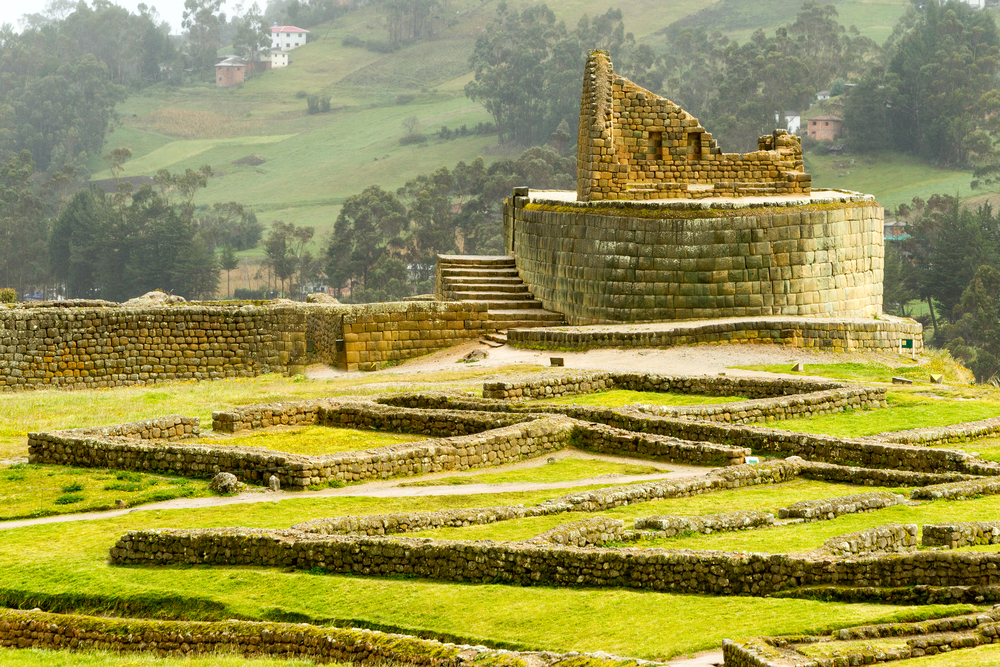
Ingapirca is located in the Cañar Province of Ecuador, making it one of the few significant Inca ruins outside of Peru.
Ingapirca is the largest known Inca archaeological site in Ecuador. The site includes a well-preserved temple complex, plazas, and other structures. It served as a strategic point along the Inca road network and was a center for religious and administrative activities.
The Temple of the Sun, which is the most prominent structure at Ingapirca, is an elliptical building constructed in the Inca architectural style. The site also features intricate stonework and a museum showcasing artifacts from the region’s history.
9. Qorikancha
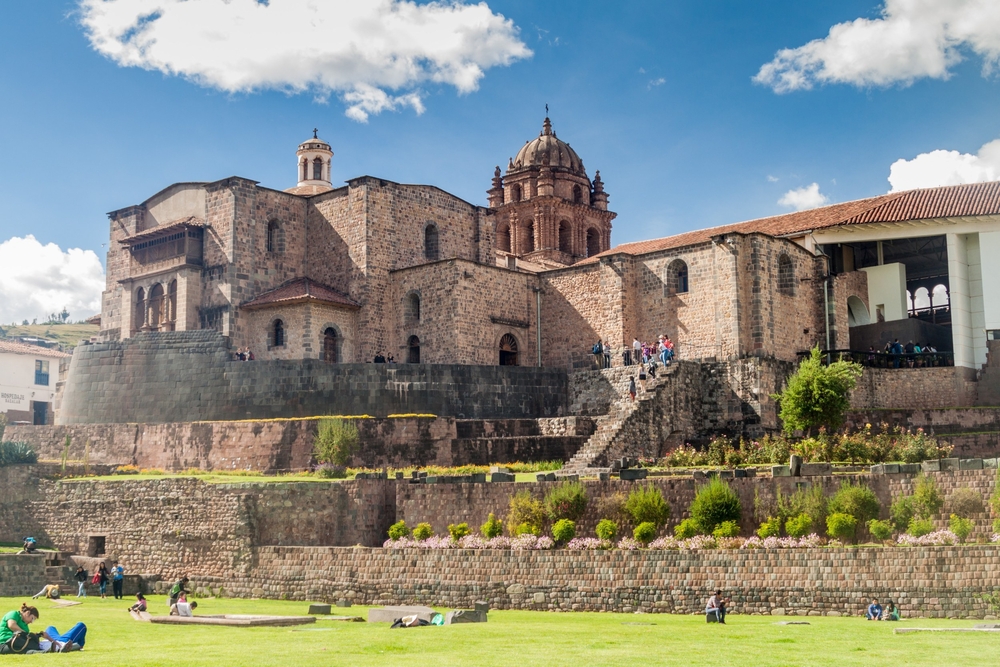
Qorikancha, also known as the Temple of the Sun, is located in the heart of Cusco, Peru.
Qorikancha was the most important temple in the Inca Empire and was dedicated to the worship of the Sun God, Inti. It was a center of religious and political power, with walls covered in gold and silver ornaments.
The temple complex featured impressive stonework, a central courtyard, and chambers dedicated to various deities. During the Spanish conquest, much of the gold and silver from the temple was looted and melted down, but the site still showcases remarkable Inca architecture and history.
10. Raqchi
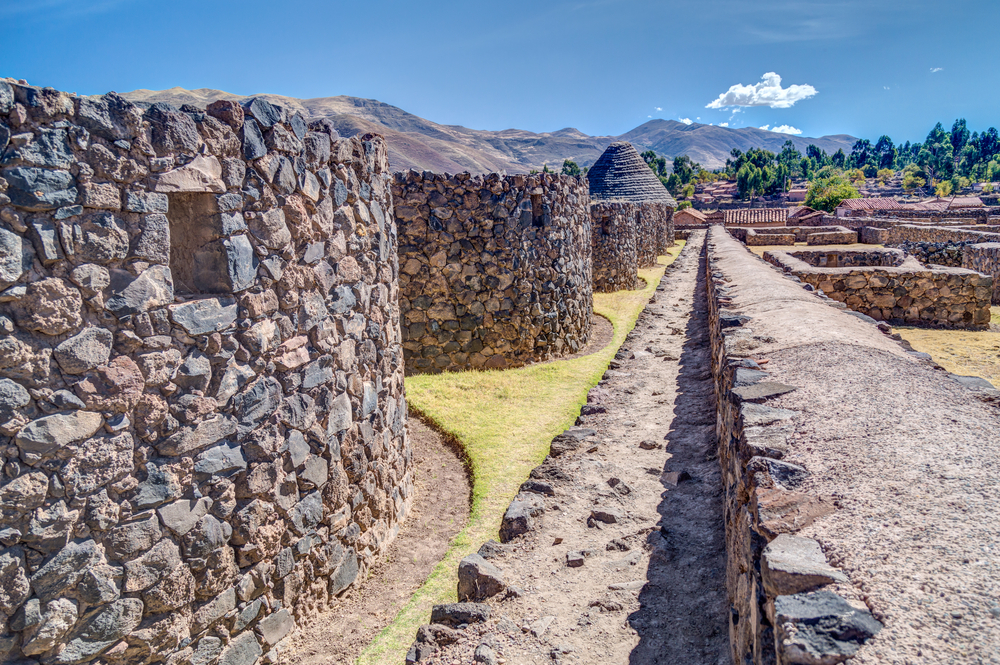
Raqchi, also known as the Temple of Wiracocha, is located in the Canchis Province of Peru.
Raqchi is known for its massive stone walls and adobe structures, including the Temple of Wiracocha, an important deity in Inca mythology. The site served as both a religious and administrative center.
The Temple of Wiracocha is a colossal structure with massive stone walls and large rectangular columns. Raqchi offers a unique perspective on Inca architecture, particularly their use of adobe bricks in combination with stone construction.
